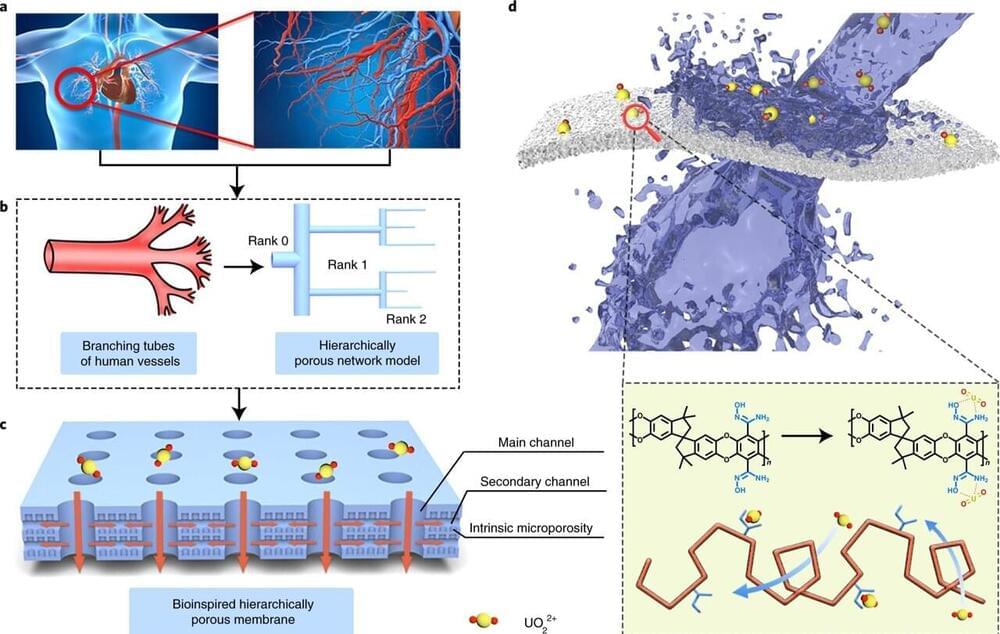Jun 10, 2023
Scientists Reveal the Secret to Creating “Living and Breathing” Buildings That Use Less Energy
Posted by Quinn Sena in categories: biological, climatology
The characteristics of the “egress complex” found in termite mounds can be replicated to enhance the optimize interior climate of buildings.
Of the approximately 2,000 recognized termite species.
A species is a group of living organisms that share a set of common characteristics and are able to breed and produce fertile offspring. The concept of a species is important in biology as it is used to classify and organize the diversity of life. There are different ways to define a species, but the most widely accepted one is the biological species concept, which defines a species as a group of organisms that can interbreed and produce viable offspring in nature. This definition is widely used in evolutionary biology and ecology to identify and classify living organisms.


















